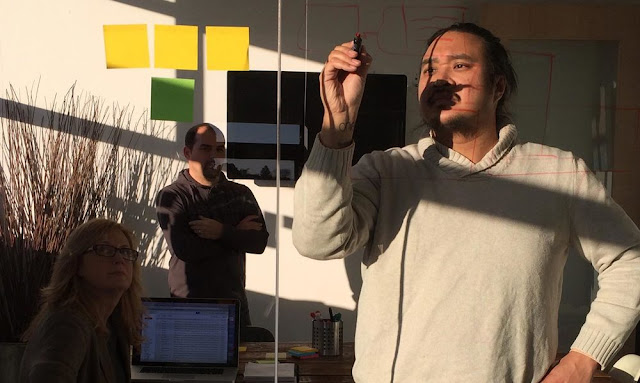A major exhibition focusing on Charles and Ray Eames and on the work of the Eames Office is to go on show at the Barbican Art Gallery in London in October.
At the Eames Office, the husband and wife design team — together with their collaborators and staff — produced pioneering furniture, architecture, graphic and product designs that came to mirror post-war culture in the US.
The Office was also the site of lesser-known creations in the fields of painting, drawing, film, sculpture, photography, multi-media installation and even education, and that lesser-known work will also have a place in the Barbican show.
In all, more than 380 works will be on display as part of The World of Charles and Ray Eames, which is being produced in collaboration with the Eames Office.
Among highlights is a full-scale model of La Chaise (1948-1950), on loan from New York’s Museum of Modern Art (MoMA) and representing the Eameses’ first go at the moulded plastic chairs for which they are perhaps best-known. An experimental study for the plywood nose cone of a military aircraft also comes by way of MoMA, and a newly commissioned 1:50 scale model of the Case Study Houses #8 and #9 has been produced by Roger Stirk Harbour and Partners.
Works from other fields include a selection of the duo’s films and a large-scale installation of the multi-screen slideshow Think, shown at IBM’s Pavilion at the 1964 New York World’s Fair.
Charles and Ray Eames’ associations with leading figures such as Buckminster Fuller, Alexander Girard, Sister Corita Kent, George Nelson, Isamu Noguchi, Eero Saarinen, Saul Steinberg and Billy Wilder will also be highlighted.
The World of Charles and Ray Eames runs from October 21, 2015 to February 14, 2016 at the Barbican Art Gallery.


























